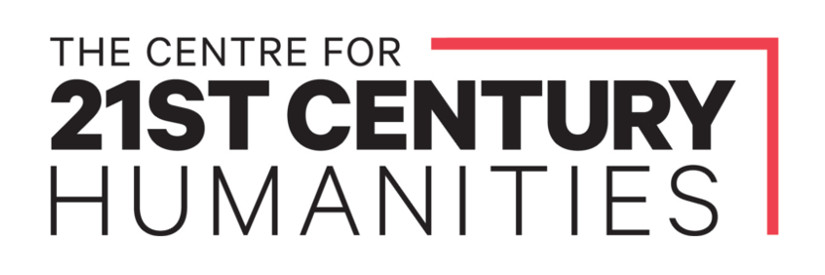| Site Name | Battle Camp, Normanby River |
| Aboriginal or Torres Strait Islander Place Name | |
| Language Group, Nation or People | Gugu-Warra |
| Present State/Territory | QLD |
| Colony/State/Territory at the time | QLD |
| Police District | Cooktown |
| Latitude | -15.29 |
| Longitude | 144.698 |
| Date | 5 Nov 1873 |
| Attack Time | Morning |
| Victims | Aboriginal or Torres Strait Islander People |
| Victim Descriptions | Aboriginal |
| Victims Killed | 80 |
| Victims Killed Notes | |
| Attackers | Colonists |
| Attacker Descriptions | Government Official(s), Native Police |
| Attackers Killed | 0 |
| Attackers Killed Notes | |
| Transport | Horse |
| Motive | Reprisal |
| Weapons Used | Firearm(s), Carbine(s), Snider(s) |
| Narrative | In October 1873 government mining engineer McMillan and Cooktown police magistrate St George set off from Cooktown with a party of 90 miners and 18 others including Black tracker Jerry, an unknown number of native police troopers and 31 horses on the track to the Palmer River gold field. En route, they killed between 80 and 150 Gugu-Warra in a lagoon on the road to the Palmer River (Bottoms, 2013, pp 117-119). The massacre was first reported in the Brisbane Telegraph on 22 January 1874, which prompted an inquiry by the Queensland government. The inquiry was conducted by Cooktown magistrate, James Hamilton. He interviewed 16 miners who were in the party and they all denied that any Aboriginal people were killed. In 1922, R. Logan Jack included an account of the massacre by Billy Webb, one of the 16 miners interviewed by Hamilton. Webb recounted that on Wed 5 November 1873, a large group of Gugu-Warra Warriors approached the party, and the native police shot at them until they ran away. In 1937, another miner, JJ Hogg, also previously interviewed by Hamilton, prepared his account of the 'massacre'. He said that the leaders of the party surprised a large encampment of Aboriginal people 'preparing their breakfast and shot them all' (Telegraph (Brisbane) January 22, 1874, p 3):
The journal of a member of the party was reported as saying, "November 3. — Started over the spur of the range running to E; came to Normanby River (15 miles); started a mob of blacks; shot four and hunted them; fine river. November 4th.— Started, 15 miles; Surprise Lagoons; camped 5th for spell. November 6th. — Blacks surprised us at day-break, about 150, all were armed; got close to camp before any one heard them; great consternation; shot several; they ran into the water holes for shelter, where they were shot; traveled then unmolested for two or three days to Kennedy River; crossed the Lorenzo River; plenty of running water all the way; good country about Kennedy; course, N.W.; followed River Kennedy up course S., 15 miles; camped; had an encounter with the blacks; shot a lot; camped next day on head of Kennedy; came over ridges next day to Palmer, 12 miles below diggings; plenty of game and fish; camped one day, fishing; came to diggings on Friday;" (Telegraph (Brisbane) January 22, 1874, p 3). The site became known as Battle Camp. |
| Sources | Telegraph (Brisbane) January 22, 1874 http://nla.gov.au/nla.news-article169519491; Queenslander, June 19, 1880 http://nla.gov.au/nla.news-article20333682; Jack, Vol. 2 1922, pp 421-422; Shay, 2012; Bottoms, 2013, pp 117-119 (Sources PDF) |
| Corroboration Rating | *** |

